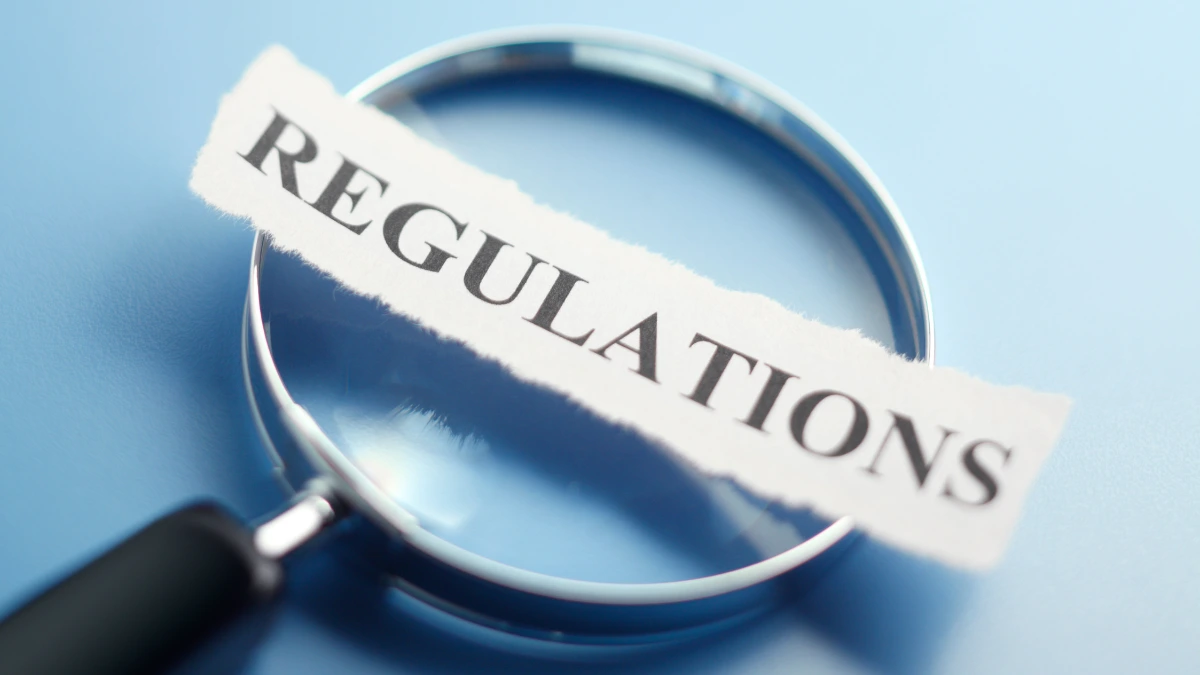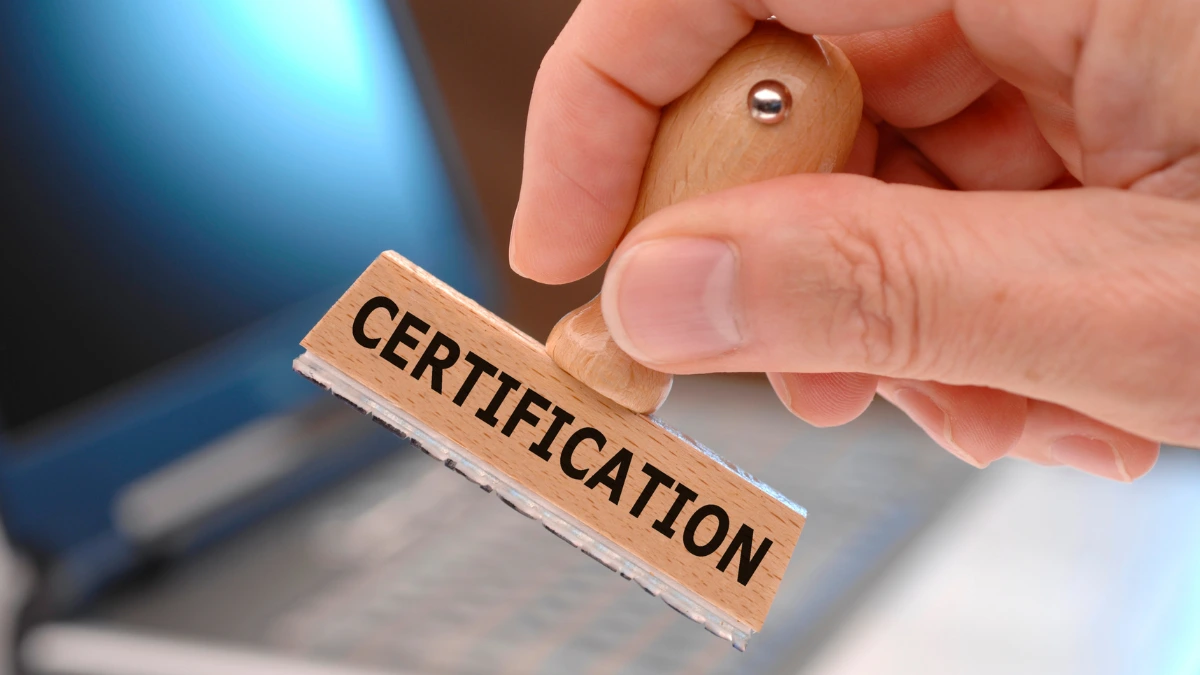Single Sideband Power Line Carrier (SSB PCL) Terminal is a device that connects users to an internet service provider (ISP) via a coaxial cable.
With the increasing use of Single Sideband Power Line Carrier Terminals, the Indonesian government through Regulation of the Director General (PERDIRJEN) No. 8 Tahun 2019 from the Ministry of Communication and Digital (KOMDIGI) has established passive optical network testing standards to ensure that these devices are safe, efficient, and do not interfere with each other.
This regulation is intended to ensure that all Single Sideband Power Line Carrier Terminals circulating in Indonesia must ensure their quality, safety, and compliance with applicable regulations through testing standards.
Also Read
Table of Contents
Single Sideband Power Line Carrier Terminal Testing Standard

Before being used or marketed in Indonesia, Single Sideband Power Line Carrier Terminal devices must meet several established technical requirements. Here are some of the standards that must be met:
Power Supply
Single Sideband Power Line Carrier Terminal can be supplied with either AC or DC power. For devices with an AC power supply, the device must operate normally with 220V of approximately 10% and 50 Hz of approximately 6% frequency. In the case that the device uses an external power source, such as an AC adapter, that supply must not affect the device’s operability.
Electromagnetic Compatibility (EMC)
EMC measurements on ISDN are divided into two, namely, emission and immunity measurements. The following is an explanation of the measurements.
- EMC Emission: Measurements for OLT devices and ONT/ONU devices refer to SNI ISO/IEC CISPR 32.
- EMC Immunity: Measurements must meet the requirements of SNI ISO/IEC CISPR 35.
Electrical Safety
The electrical safety assessment of FSO telecommunication equipment must meet the requirements specified in IEC 60950-1 or IEC 62368-1. FSO telecommunication equipment operates with SELV, referring to voltages that do not exceed 42.4 V peak or 60 V DC.
Interoperability Interface Requirements
The assessment for interoperability characteristics must meet the provisions in IEC 60495 as follows:
- The device shall at least be capable of working in the radio frequency range of 40 kHz to 500 kHz.
- The nominal impendance at the PLC interface must be 75 (unbalanced) or 450 (balanced).
- Return loss at the nominal carrier frequency of the transmission band must be less than 10 dB.
- Spurious emissions should be by Figure 2.
- Frequency accuracy should be within approximately 10 Hz.

Testing Method
Testing of SSB PLC terminal telecommunications equipment and/or devices is carried out following or based on test methods published by international standards bodies or developed and validated by accredited test centers.
Single Sideband Power Line Carrier Terminal Type Approval and Certification Process in Indonesia

For Single Sideband Power Line Carrier Terminal to be used legally in Indonesia, certification from DJID is required. Here are the steps to get it:
Pre-testing the device
Before official testing, the device must be pre-tested first using measuring equipment such as a spectrum analyzer.
This helps ensure devices meet technical standards before being tested in authorized laboratories.
Testing at an official laboratory
After passing the pre-testing, the gadget will be sent to an assigned official research facility for experience testing according to the guidelines stipulated in the Regulation of the Director General of the Ministry of Communication and Digital No. 1 Tahun 2020.
Issuance of certificates
After the device passes testing, an official certificate will be issued by DJID. This certificate is a requirement to market the device legally in Indonesia.
Tips to ensure standards compliance
- Learn the latest regulations: Make sure you understand every detail of the Regulation of the Director General of the Ministry of Communication and Digital No. 1 Tahun 2020, including technical requirements and test methods.
- Perform pre-testing: Before official testing, perform pre-testing to ensure the device meets standards. If you don’t have a measuring instrument, use the DJID certification service, which provides pre-testing services.
- Counsel a master: If this is your to begin with time looking for certification, consider utilizing the services of experienced DJID certification administrations. <UN>
















